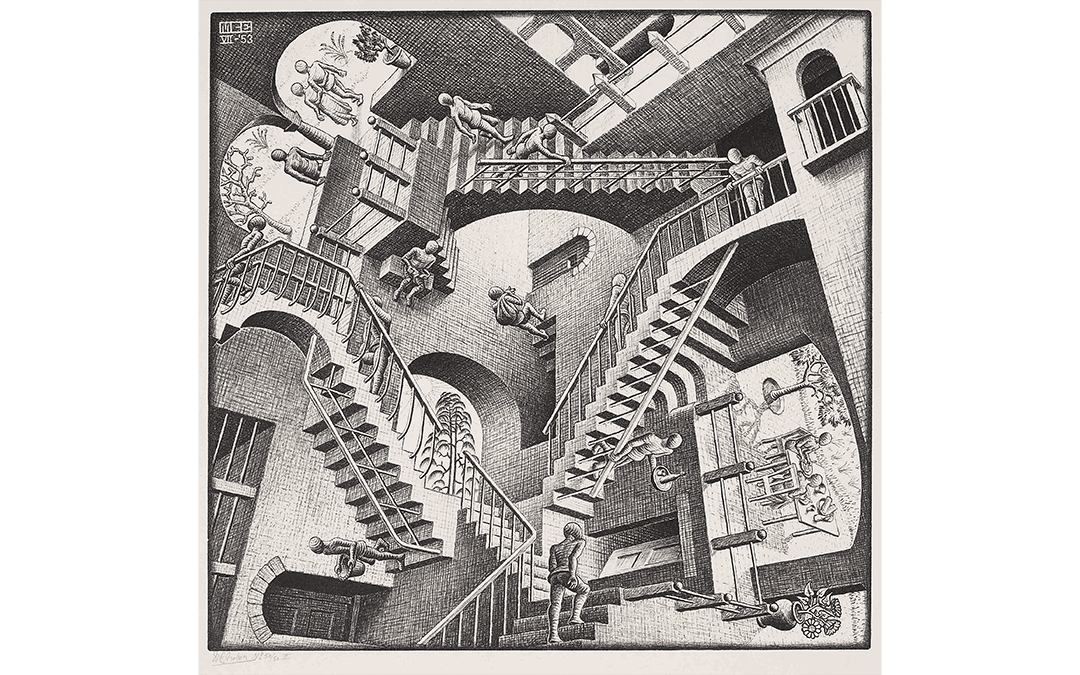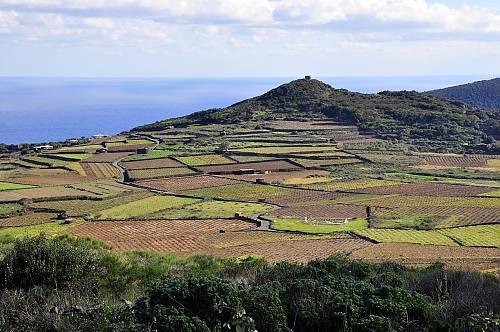Fantasy and science meet in M. C. Escher’s imaginary world, merging in what can only be called mesmerizing works of art. “M.C. Escher: The Mathemagician,” an exhibit of 54 of his works, is currently on display at the National Gallery of Canada.
As the artist said: “I don’t grow up. In me is the small child of my early days.”
It seems that order and chaos, the real and the impossible, fascinated this brilliant artist.





